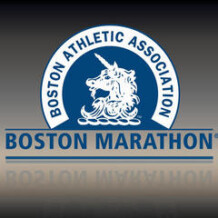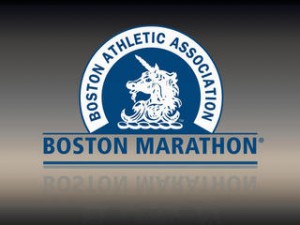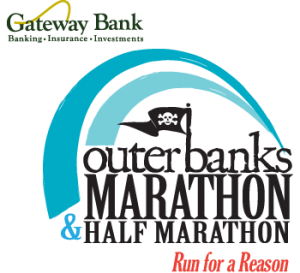Madness and Methods

If you wake up and don’t want to smile,
If it takes just a little while,
Open your eyes and look at the day,
You’ll see things in a different way.
Don’t stop, thinking about tomorrow,
Don’t stop, it’ll soon be here,
It’ll be, better than before,
Yesterday’s gone, yesterday’s gone.
–Don’t Stop, Fleetwood Mac
 It wasn’t long after my disappointing second half collapse in the 2013 Columbia Marathon, that I told my friend and training partner, Craig, that I was going to shoot for a Boston Marathon qualifying time (BQ) in my next marathon. “You mean you haven’t been?” he replied. Ha, ha. Amateur night is Thursday down at the comedy club, my friend.
It wasn’t long after my disappointing second half collapse in the 2013 Columbia Marathon, that I told my friend and training partner, Craig, that I was going to shoot for a Boston Marathon qualifying time (BQ) in my next marathon. “You mean you haven’t been?” he replied. Ha, ha. Amateur night is Thursday down at the comedy club, my friend.
He was right, though. I hadn’t been holding anything back in my marathon efforts. However, my best wasn’t good enough. As a matter of fact, it was not even been close.
If you don’t know, to run the Boston marathon, you must qualify in your age group by beating a certain time in a certified marathon. This year, I moved up an age group, shaving 10 minutes off my time needed just by getting older. Still, the time to beat for my 45-49 age group is 3:25:00. That’s three hours twenty-five minutes, a 7:49/mile pace.
How far away am I? My best marathon so far was 3:47:40 at Myrtle Beach in 2011. So, my best is twenty-two minutes short of where I need to be, about 40 seconds per mile too slow. That may not sound like much, but over the course of 26.2 miles, it is.
How do I plan to do this? I am returning to the “method” or training plan/philosophy I used in that best time at Myrtle Beach in 2011. For the next 16 weeks, I will be following the Run Less Run Faster (RLRF) plan for beating 3:25:00. The authors of RLRF say 3:25:00 is realistic if your 5K time is 21:06 or better. My best recently was 21:26. That puts me a bit short but I’m just dumb enough to try.
During the week, I will do three quality runs. The first will be a speed work session at the track. The second will be a tempo run, slightly slower and usually longer than the speed work. The final will be a long run, ranging from 13-20 miles. The workouts are a bit more intense than I have done in a while. I will have a tough time meeting the run workouts, especially in the summer heat. That’s part of the plan, too, though. Suffer in the heat, and hope a November race is nice and cool. That is much better than training in the cold and having an unusually warm race.
How does one run less and yet run faster? By substituting “junk” mile recovery runs with cross training that works the aerobic system while resting the legs. My cross training will consist of swim and cycling workouts, and I will do these between run days, not running two days in a row. When I first attempted to follow this plan in 2011, I did no swimming, and my cycling was done on a low end exercise bike I bought for the house. This time, I have access to a gym pool, and I plan on doing mostly swim cross training. I also have a road bicycle now, so I may add an additional sixth workout on days after my long run, an easy recovery bike ride.
So, can I accomplish 3:24:59 or better? We’ll see. Another source, The Runner’s World race predictor calculator, says I can do 3:25:34 with a 5K time of 21:26. Should be interesting.
Final Puzzle Piece
 In addition to following a more structured plan again, I have one other strategy for this race. Since my last three road marathons were fairly hilly courses, I plan to return to the coast for this effort. I have signed up for the Outer Banks Marathon in North Carolina on November 10, 2013. Apparently there is only one hill, a bridge about the 23 mile mark.
In addition to following a more structured plan again, I have one other strategy for this race. Since my last three road marathons were fairly hilly courses, I plan to return to the coast for this effort. I have signed up for the Outer Banks Marathon in North Carolina on November 10, 2013. Apparently there is only one hill, a bridge about the 23 mile mark.
That’s it for now. Each week leading up to the marathon, I will post my scorecard for the week. In the scorecard, I will list what the workouts were and how close I came to completing them in the appropriate time.
POFIFOTO!
read more












